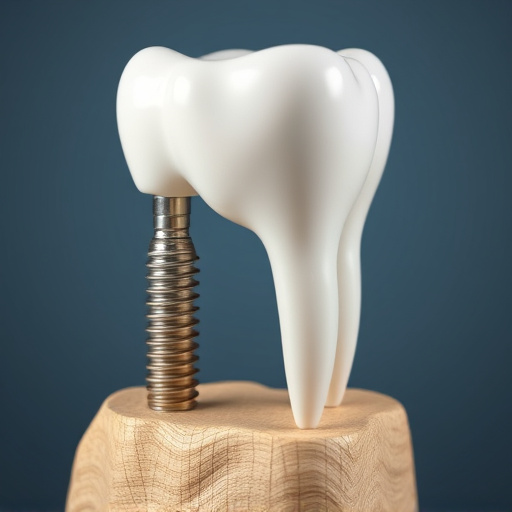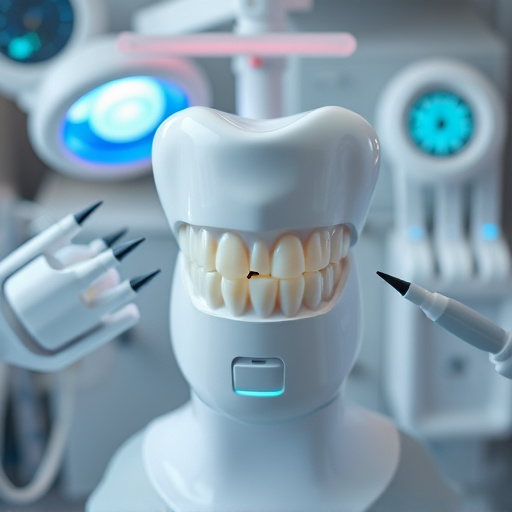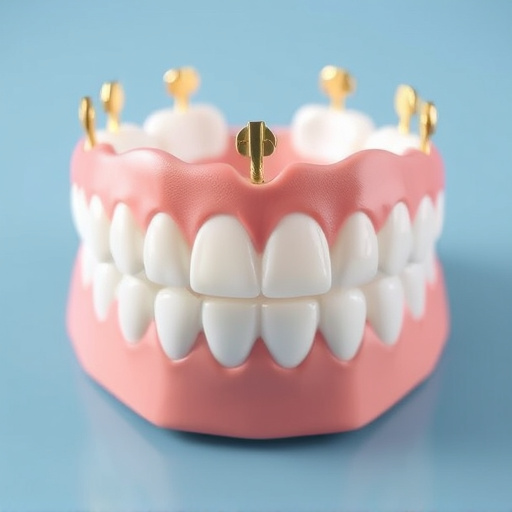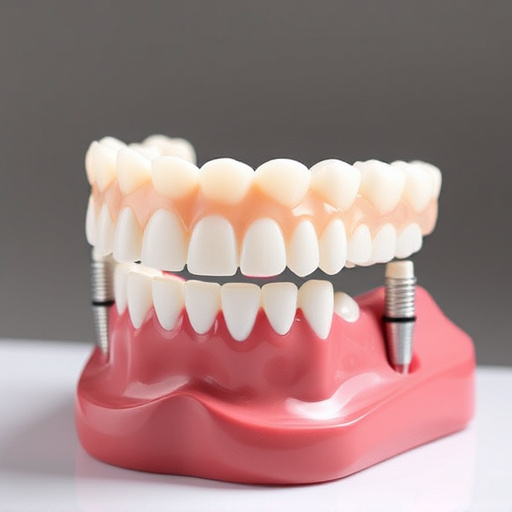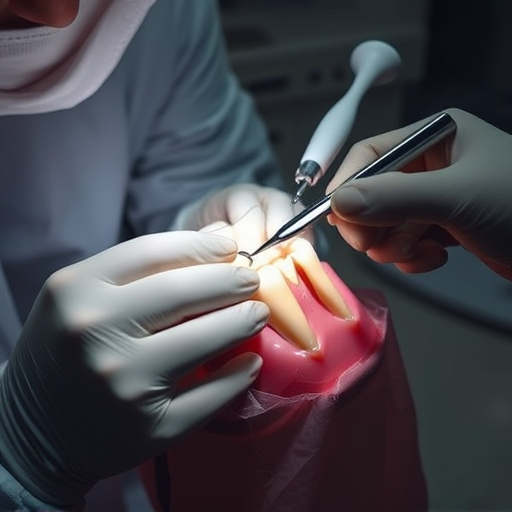Occlusal adjustment is a precise dental procedure aligning teeth and jaws for better function, alleviating bite issues, jaw disorders, and discomfort caused by misalignments like grinding or developmental abnormalities. A qualified dentist performs a thorough examination, including X-rays, to guide treatment, which may include wisdom tooth removal, bite splint therapy, or restorative dentistry. Early identification through regular oral exams is crucial for preventing complications and maintaining optimal jaw health.
Occlusal adjustment, a precise dental procedure, is essential for achieving optimal jaw function and overall oral health. This complex process corrects bite issues, addressing misalignments that can impact daily life significantly. From headaches and chronic pain to speech difficulties and chewing problems, misaligned jaws can cause a host of discomforts. Understanding the basics of occlusal adjustment empowers individuals to take control of their jaw health, leading to improved quality of life and enhanced overall well-being.
- Understanding Occlusal Adjustment: The Basics
- Impact of Jaw Misalignment on Daily Life
- Effective Techniques for Optimal Jaw Function
Understanding Occlusal Adjustment: The Basics

Occlusal adjustment refers to the process of aligning and balancing the teeth and jaws for optimal functionality. It involves correcting misalignments that can lead to bite issues, jaw disorders, and discomfort. This essential dental procedure aims to create a harmonious relationship between the upper and lower teeth, ensuring efficient chewing, proper speech, and reduced strain on the temporomandibular joint (TMJ).
While it may sound straightforward, occlusal adjustment is often complex. Factors like wisdom tooth removal or previous tooth extractions can influence jaw structure and bite patterns in both adults and children’s dentistry. Therefore, a qualified dentist will thoroughly examine oral health, taking X-rays and considering the patient’s medical history to determine the best course of action for an effective occlusal adjustment.
Impact of Jaw Misalignment on Daily Life

Jaw misalignment, often a result of issues like teeth grinding or developmental abnormalities, can significantly impact an individual’s daily life and overall well-being. When the jaw joints are misaligned, it leads to a cascade of problems that extend beyond mere aesthetics. People with such misalignments may experience chronic headaches, neck pain, and even facial tenderness. Simple tasks like chewing, speaking, or even sleeping can become uncomfortable or even painful.
This discomfort can affect productivity and quality of life, leading many to seek solutions in cosmetic dentistry. While addressing the aesthetic concerns is valid, it’s equally important to understand that occlusal adjustment—the process of correcting jaw alignment—is a fundamental step in supporting overall jaw function. Regular routine oral exams play a crucial role in identifying these misalignments early, enabling prompt intervention and potentially preventing more severe complications down the line.
Effective Techniques for Optimal Jaw Function

Achieving optimal jaw function starts with a comprehensive understanding of occlusal adjustment. This involves precise positioning and alignment of teeth to ensure even distribution of chewing forces, reducing stress on any individual teeth or joints. Effective techniques include bite splint therapy, which temporarily repositions the upper and lower jaws to correct misalignments. This non-invasive approach allows for gradual adjustments, providing significant relief from bruxism and temporomandibular joint (TMJ) disorders.
Restorative dentistry plays a crucial role in long-term jaw health. By repairing or replacing damaged teeth using techniques like crowns, fillings, and implants, general dentistry professionals ensure that the bite remains balanced. These procedures not only improve aesthetics but also support proper occlusal adjustment, preventing further complications and fostering overall jaw function.
Occlusal adjustment, a precise alignment of the teeth and jaw, is not just an aesthetic concern but a fundamental aspect of overall oral health. By understanding the basics of occlusal adjustment and its impact on daily life, we can appreciate the significance of optimal jaw function. Effective techniques, such as proper brushing, flossing, and targeted exercises, empower individuals to navigate their busy lives with enhanced comfort and confidence. Embracing these strategies ensures a healthier, more functional jaw, thereby revolutionizing one’s overall well-being.

